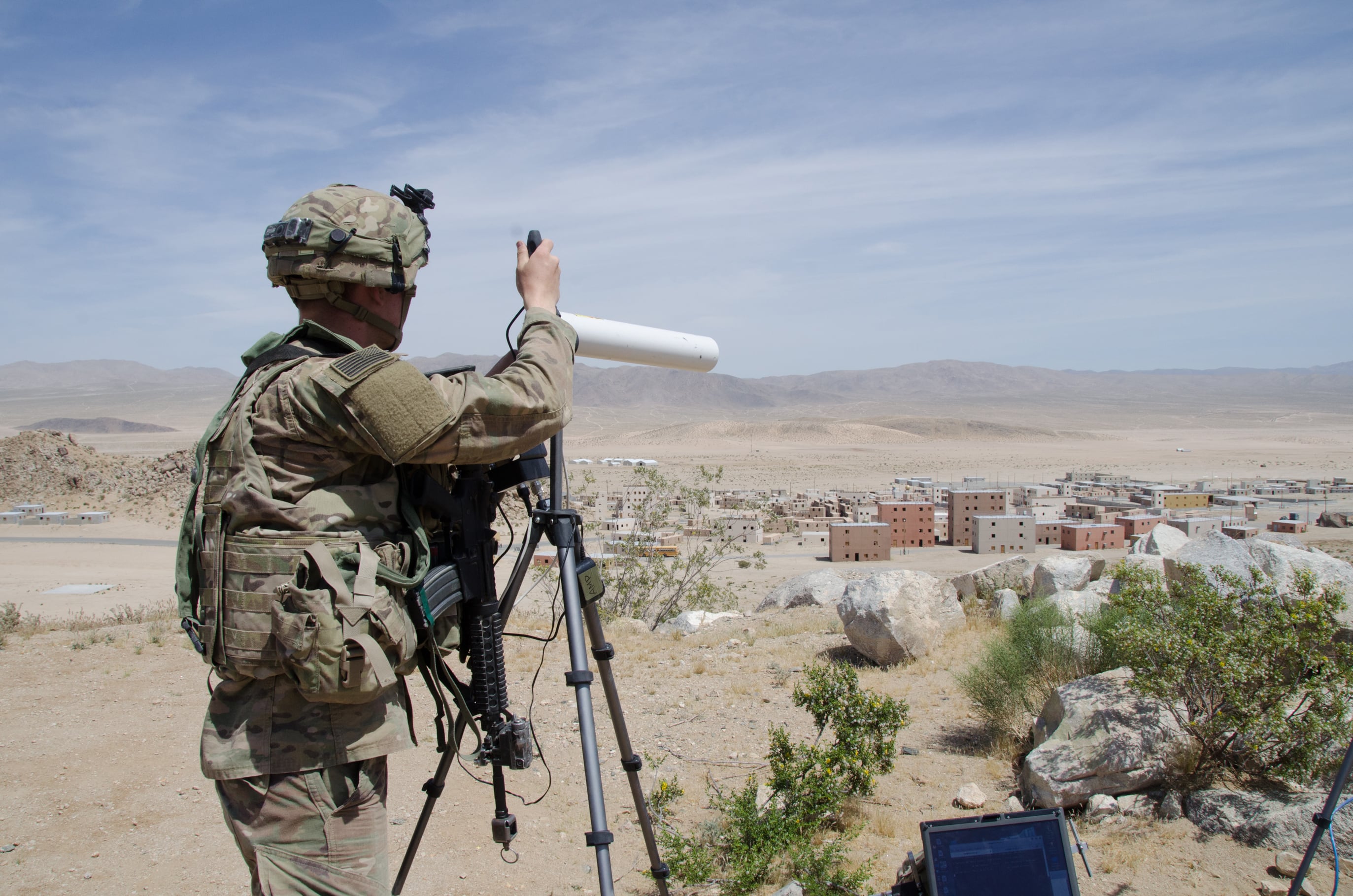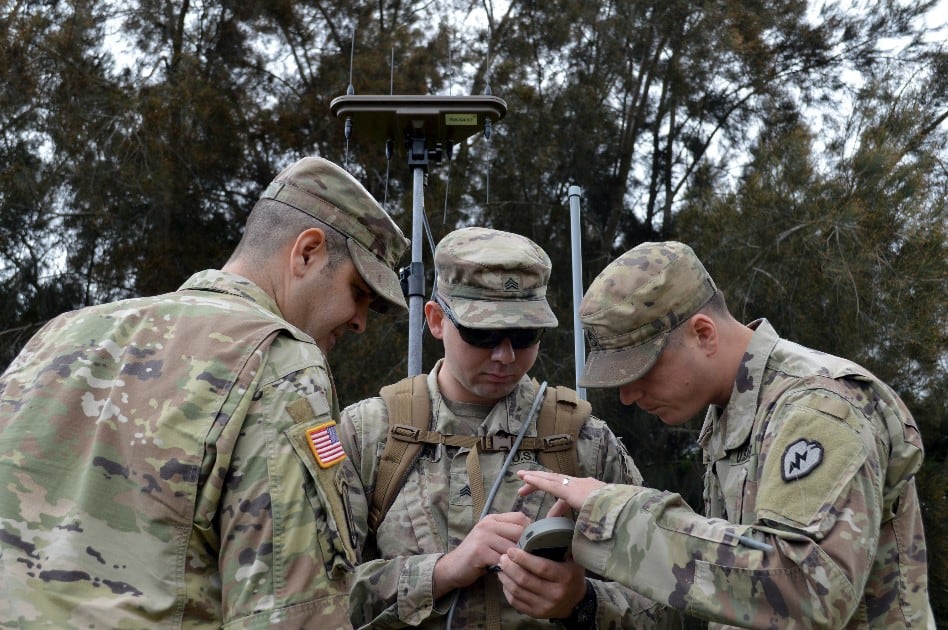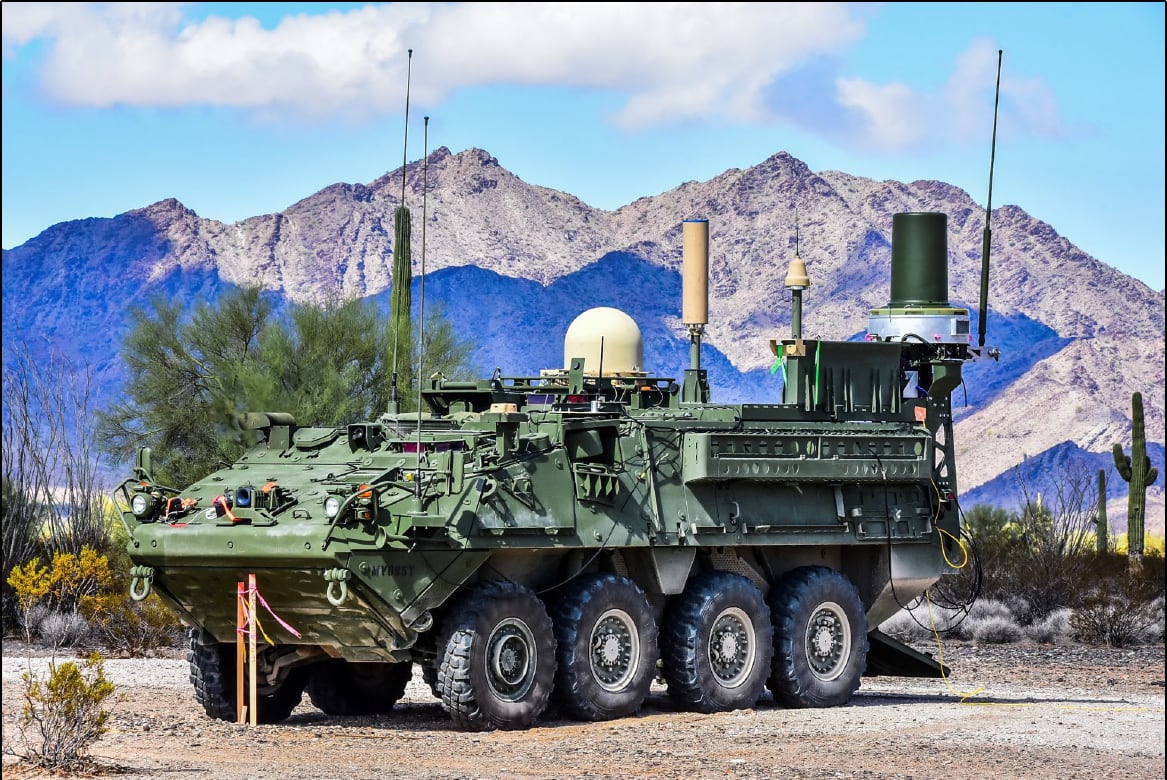The Pentagon’s top weapons tester is worried about how the Army will integrate new electronic warfare capabilities with specific platforms.
In a Jan. 30 report, the Director of Operational Test and Evaluation office, or DOT&E, examined the Electronic Warfare Planning and Management Tool (EWPMT) and, in the process, took a broader look at the Army’s electronic warfare enterprise.
RELATED

Among the recommendations was that the Army should continue to refine doctrine to support the use of electronic warfare for tactical operations. It also suggested that the service improve coordination with electronic warfare and intelligence systems as a way to lead to deconfliction between friendly forces. The report noted that the Army revised the “Electronic Warfare Techniques” publication in June 2019.
Following the Cold War, the Army divested much of its electronic warfare capabilities, but since then, adversaries have made significant investments. Those moves have forced Army leaders to reexamine its own spending. Current efforts involve building both new capabilities and units.
RELATED

The Army has begun deploying some of these new systems to units in Europe. Leaders there want help closing the gap against Russian capabilities in the region and the Army has used those opportunities to help inform the materiel development of its program of records that will eventually be fielded to the entire Army. Those programs range from EWPMT, a tool for visualizing and planning operations in the electromagnetic spectrum to ground based jammers and aerial jammers.
Among the other findings:
♦ The report determined that the Stryker’s batteries were not sufficient to support some electronic warfare systems. These included the Tactical Electronic Warfare System (TEWS), one of two prototypes for the Army’s Terrestrial Layer System, the Army’s first integrated signals intelligence, electronic warfare and cyber platform, the Versatile Radio Observation and Direction Finding Modular Adaptive Transmitter (VMAX) and EWPMT.
“Increased fuel consumption and aural signature limited employment of the TEWS,” the report read. Testers added that “TEWS-configured Stryker could operate on battery power for 20 minutes before requiring the engine to run to recharge the vehicle batteries.”
♦ The report found that the Blue Force Tracker network, which was the only method of digital communication from TEWS to the brigade, was not reliable and often failed.
“The volume of data processed and transmitted by EWPMT presents a challenge to the BFT network capacity. Should the network load from EWPMT exceed BFT capacity, data will be lost,” the report said.
As a result, DOT&E recommended the Army’s Network Cross Functional Team and Integrated Tactical Network Program Office out of Program Executive Office Command, Control, Communications-Tactical, identify alternate communication plans for TEWS.
♦ The report said the Army should conduct future testers with operationally realistic threats and scenarios and continue efforts to increase vehicle operating time when the main power is off.
The program office, PEO Intelligence, Electronic Warfare and Sensors, said it is looking to improve user feedback in the tool’s development.
"Product Manger Electronic Warfare Integration has continually increased Soldier touch point opportunities by conducting User Verification Event(s) (UVE) every 90 days to obtain Soldier's feedback on the user interface and functionality of EWPMT,” Lt. Col. Jason Marshall, product manager electronic warfare integration, told C4ISRNET in a statement. “Additionally, in an effort to ensure synergy and provide an opportunity to operate in realistic scenarios the program supported various integration and demo activities while partnering with the Network and Assured [Position, Navigation and Timing] Cross Functional Teams."
♦ DOT&E noted progress on the Army’s part. Testers found improved coordination and collaboration when it came to using tactical electronic warfare during the Joint Operational Integration Assessment compared to previous events. This involved deconfliction of signals, sharing of sensor information and battle damage assessment and electronic warfare effects to electronic warfare teams.
Mark Pomerleau is a reporter for C4ISRNET, covering information warfare and cyberspace.








